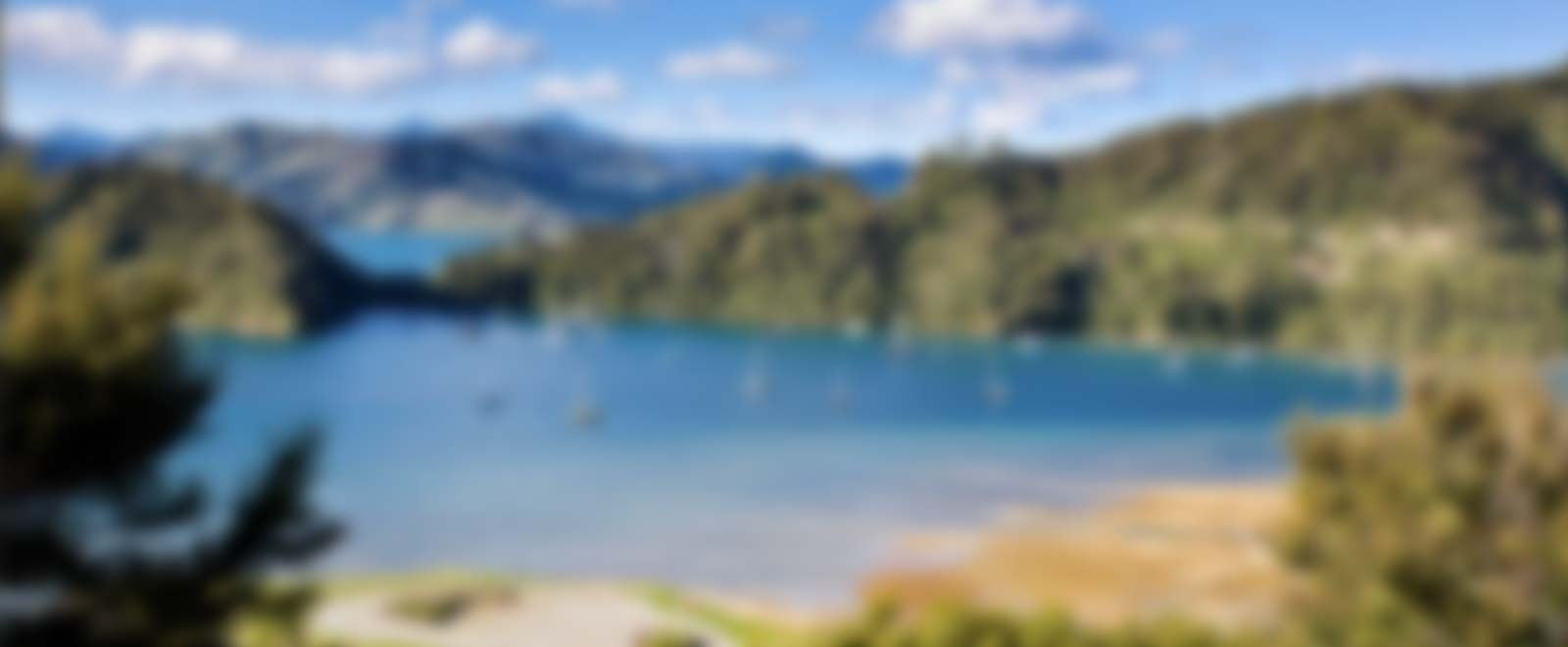The Māori name for these 3 rocks, Tapuareroutuutu, refers to a taniwha who is said to guard local fishing grounds.
The name also commemorates the tragedy of the destruction of the settlement of Mowahitu, Greville Harbour / Wharariki, D’Urville Island by a tsunami during the fourteenth century.
Mowhaitu, inhabited by Tarapounamu, was a thriving settlement when it was wiped out by a tsunami, referred to in legend as the taniwha, Tapuareroutuutu.
The oral histories do not record whether other areas on Rangitoto ki te Tonga / D'Urville Island or the mainland were impacted by the tsunami but even today human remains and artefacts are frequently eroded from the dunes.
The European name for the rocks, Chicot, refers to a stump or snag. The rocks were also nick-named “Tipperary” by early settlers.
The highest rock is about 4.5 metres above sea level.1
1. Olive Baldwin, Story of New Zealand’s French Pass and d’Urville Island (Plimmerton: Fields Publishing House, 1979), 20-21, 135, 139.



